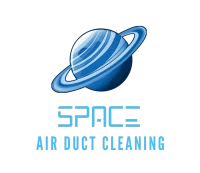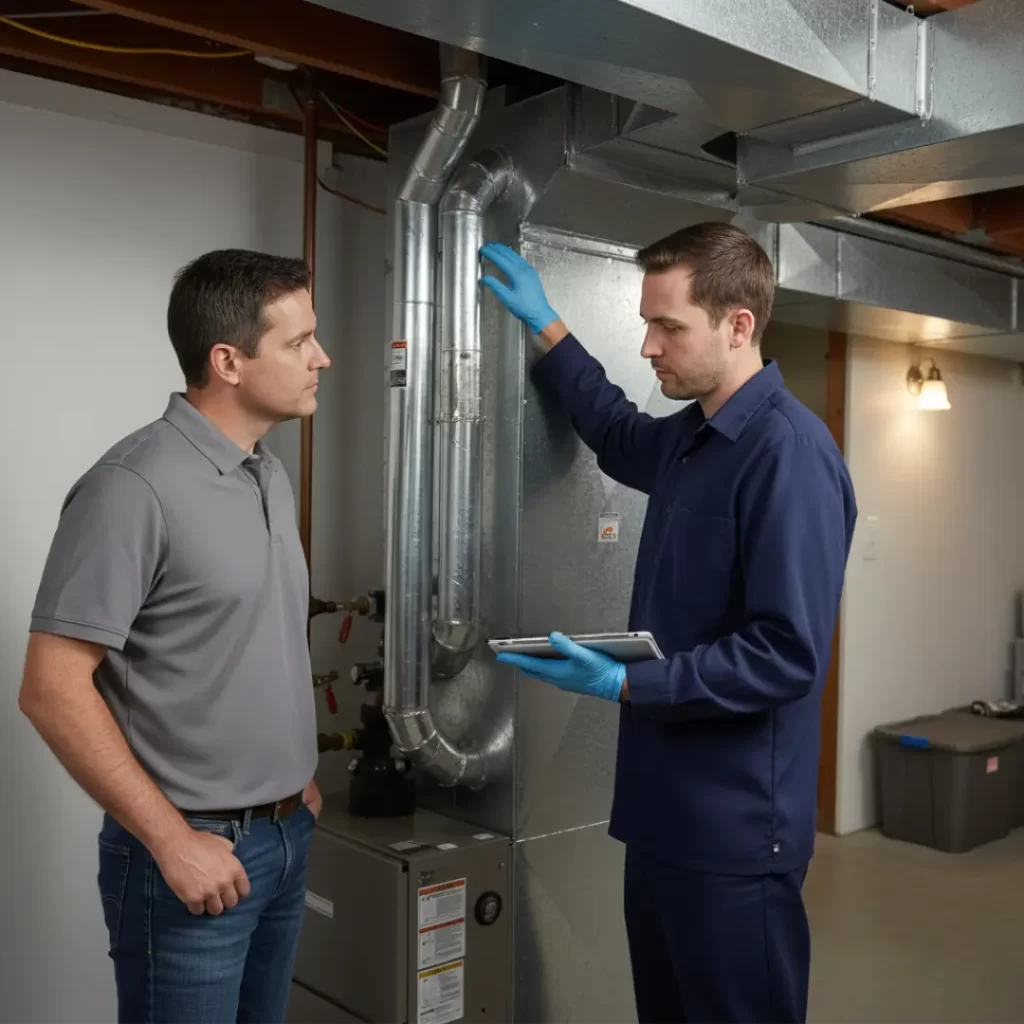For homeowners in the Dallas Fort Worth area, maintaining a reliable and efficient HVAC system is absolutely essential. The brutal Texas summers put tremendous strain on air conditioners, often leading to breakdowns and unexpectedly high energy bills. While routine filter changes and annual tune-ups are common, there is one critical diagnostic test that often gets overlooked: checking the Total External Static Pressure (TESP).
Static pressure is the single most important indicator of whether your system is moving air efficiently or fighting an uphill battle against resistance. When your air ducts and internal components are obstructed, the static pressure spikes, forcing your blower motor to work harder, drawing more power, and ultimately, shortening the life of your unit.
So, how often should this crucial check be performed? At Space Air Duct Cleaning, we believe in proactive, preventative maintenance. Understanding the ideal frequency for a static pressure test can save you thousands in repairs and energy costs.
What is Static Pressure and Why Does It Matter in Dallas?
As we discussed in a previous post, Static Pressure is the measurement of all resistance to airflow within your HVAC system, measured in Inches of Water Column (i.w.c.). Most residential systems are designed to operate at a maximum of $0.5$ i.w.c., with an ideal range being much lower.
In Dallas, checking static pressure is even more critical because:
Extreme Heat: When the outdoor temperature is 100°F, your system is running constantly. High static pressure at this time forces the motor to overheat and can cause the evaporator coil to freeze, leading to emergency calls and system failure when you need it most.
Dust and Allergens: The dry periods and high pollen counts common to the DFW area mean more fine particulate matter is pulled into your system, quickly clogging filters, coils, and ductwork, which are the main culprits behind pressure increases.
The higher the static pressure, the lower the airflow, the more energy wasted, and the shorter the life of your expensive equipment. It’s a silent system killer.
When to Check Your TESP
For the average homeowner with a functioning, relatively new HVAC system, we recommend checking the static pressure at least once per year.
This check should be an integral part of your comprehensive annual HVAC tune-up or maintenance appointment. A professional technician should use a digital manometer to take precise readings at key points in the system (across the coil, filter, and supply/return plenums) to calculate the TESP.
However, there are several scenarios and factors specific to Dallas homes that warrant more frequent checks:
1. After Any Major HVAC Component Change
A static pressure check is mandatory whenever a new major component is installed.
New AC or Furnace Installation: A new Air Duct Installation or replacement unit must have its static pressure verified immediately after installation. If the new, more powerful blower is connected to old, undersized ductwork, the TESP will instantly spike above the safe limit, invalidating your warranty and guaranteeing early failure.
Filter Upgrade: Switching to a higher MERV-rated filter (e.g., from a MERV 8 to a MERV 13) can severely restrict airflow and raise static pressure. This must be checked to ensure the filter does not choke the system.
Coil Replacement: The evaporator coil is a major source of resistance. If it is replaced, the TESP should be measured to ensure the new component is not adding undue strain.
2. Before and After Air Duct Cleaning
If you are noticing significant dust, poor airflow, or hot/cold spots, you likely need a professional Air Duct Cleaning.
Before Cleaning (Diagnostic Check): Checking the static pressure before a cleaning service provides a baseline reading that helps technicians diagnose how much of the resistance is caused by debris and clogs. This is an essential part of an Air Duct Inspection.
After Cleaning (Verification): A true, professional cleaning, especially of the coil and return plenums, should result in a measurable drop in static pressure. We recommend a check after the service to verify that the reduction in debris has restored optimal airflow, confirming the job was successful and your system is running more efficiently.
3. In Homes with Airflow Problems
If your home constantly suffers from the following issues, you should request a dedicated static pressure check twice per year (once before the cooling season and once before the heating season):
Inconsistent temperatures (hot and cold spots).
Loud whistling or humming noises when the fan runs (a common sign of high static pressure).
Rooms that are significantly colder or hotter than the thermostat setting.
Energy bills that are inexplicably high compared to previous years or neighbors.
4. After Major Renovations
Any time there is significant construction or remodeling in your home, especially drywall work, a static pressure check is recommended. Fine construction dust is easily pulled into the return system, settling and compacting in the ducts, leading to a rapid spike in resistance. A complete system inspection and cleaning is often required after renovations.
Who Should Check the Static Pressure?
Static pressure checks are not a DIY task. While the concept is simple, the execution requires specialized equipment and technical knowledge to interpret the results correctly.
Why Only Professionals Should Perform This Test:
The Right Tools: The test requires a digital manometer to take accurate readings in i.w.c. and involves drilling small, temporary holes (pressure taps) into the ductwork at specific, pre-determined points. Incorrect tapping can damage the system.
Interpretation is Key: A professional technician does more than just record the number. They compare the TESP to the specific system’s design specifications (printed on the blower plate), identify which component is causing the highest pressure drop (the filter, the coil, or the ducts), and recommend the targeted solution. A high static pressure reading might lead us to recommend an Air Duct Repair to seal leaks and replace undersized runs, for example.
Safety and Integrity: Professionals are trained to perform these measurements without compromising the integrity of your ductwork or causing air leaks.
At Space Air Duct Cleaning, our certified technicians are trained in advanced diagnostic techniques, including TESP testing, to ensure that the foundation of your comfort, your air delivery system is in peak condition.
TESP is the Pulse of Your HVAC System
In Dallas, where your HVAC system operates under extreme stress for months on end, monitoring its pulse (the static pressure) is not optional; it’s a necessity for maintaining efficiency and avoiding early system failure.
The ideal frequency is annually during your maintenance check, but any time you make a change to the system or notice performance issues, it warrants a dedicated test. Don’t let a silent surge in resistance force your system into an early retirement.
Don’t let hidden resistance cost you comfort and money!
If your system is running loud, your bills are high, or you haven’t had your static pressure checked in over a year, it’s time to call the experts. Space Air Duct Cleaning offers specialized diagnostic and cleaning services, including TESP testing, to ensure your system is running at peak performance.
Schedule your comprehensive Air Duct Inspection and Static Pressure check today! Breathe easier knowing your Dallas home is cooled efficiently and reliably.

